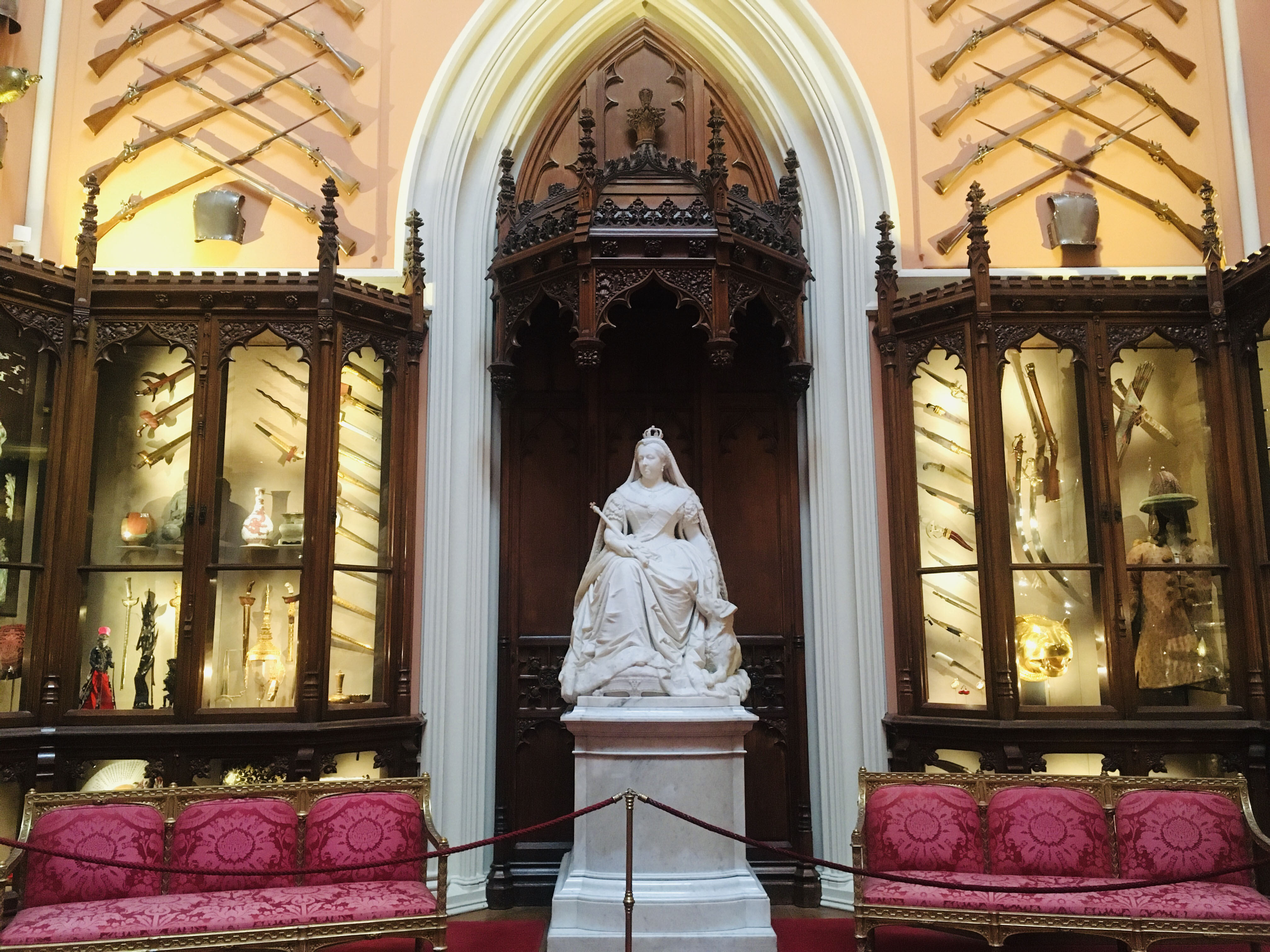
Grand Vestibule: The British Monarchy and the World
The Grand Vestibule at Windsor Castle reflects interaction between the monarchy and the wider world
The Prince of Wales's Tour of the Indian Subcontinent, 1875-76
The British monarchy's connection to the Indian subcontinent dates from 1600, when a Royal Charter granted the British East India Company a monopoly over trade with ‘the East Indies’. By the nineteenth century, the company had changed from a trading body into a territorial and political power in India.
In 1858, the company was dissolved in favour of British Crown rule. Two-thirds of the subcontinent was ruled by the ‘British Raj’, a combination of the India Office in London, the British Indian Government and the Viceroy, with Queen Victoria as head of state.
The remainder of India (more than 560 principalities) was governed by Indian rulers linked to the British Raj by a resident governor. It was important for the monarchy to establish diplomatic links with these rulers, and so in October 1875 Albert Edward, Prince of Wales, embarked on a four-month tour of the subcontinent. His route spanned more than 20 localities which today encompass India, Sri Lanka, Pakistan and Nepal. The prince exchanged gifts with each of the 90 rulers he met and returned to Britain with an extraordinary collection of Indian works of art.







